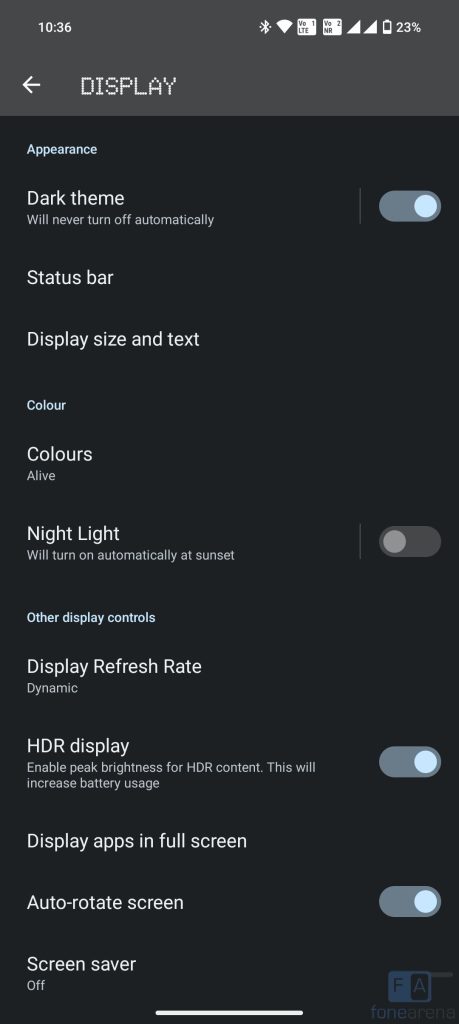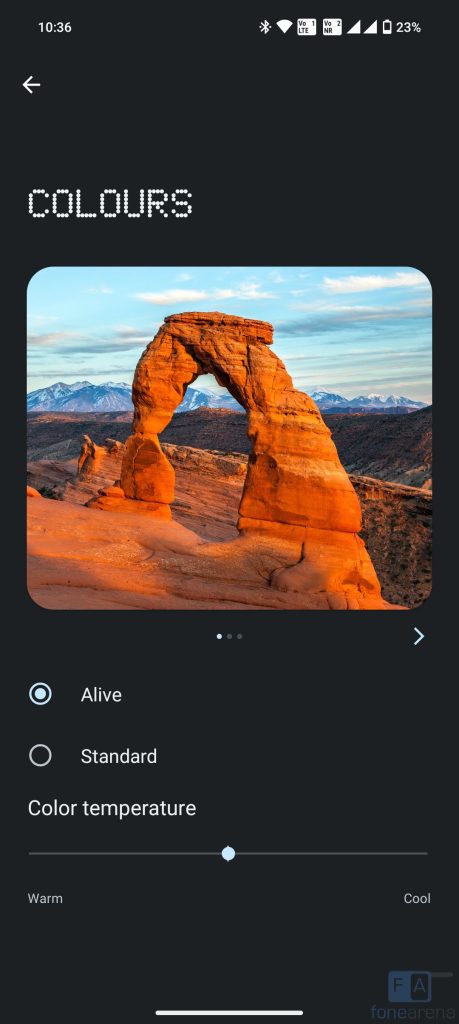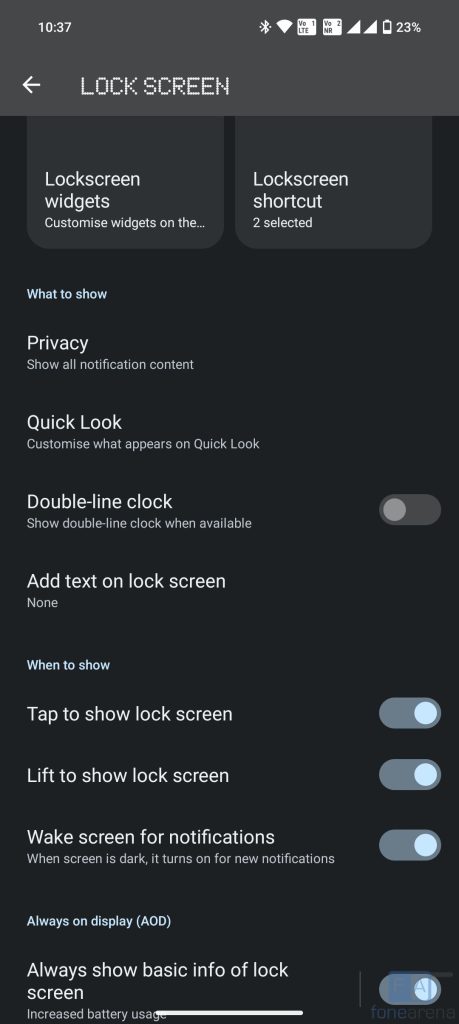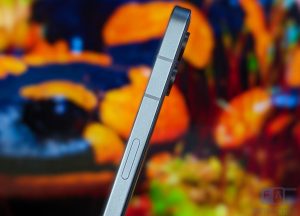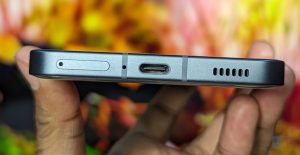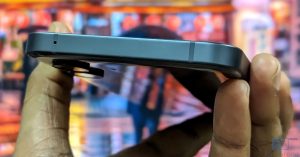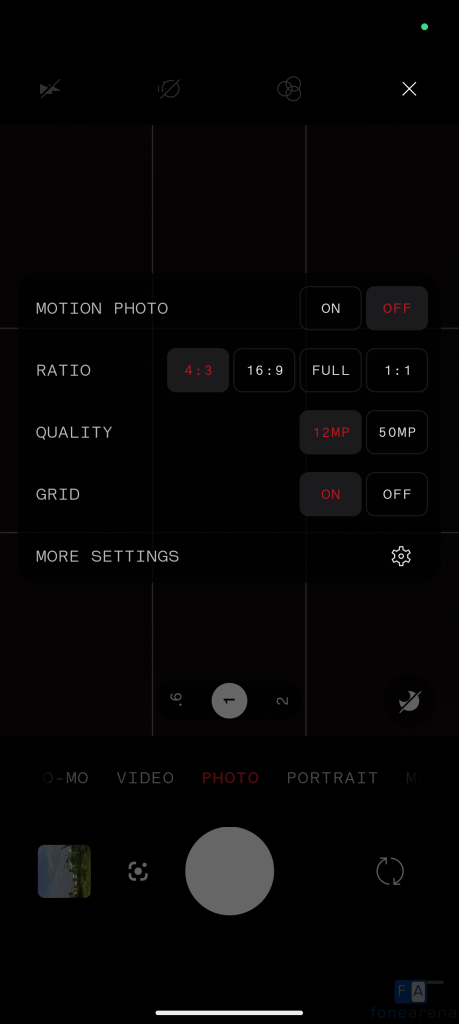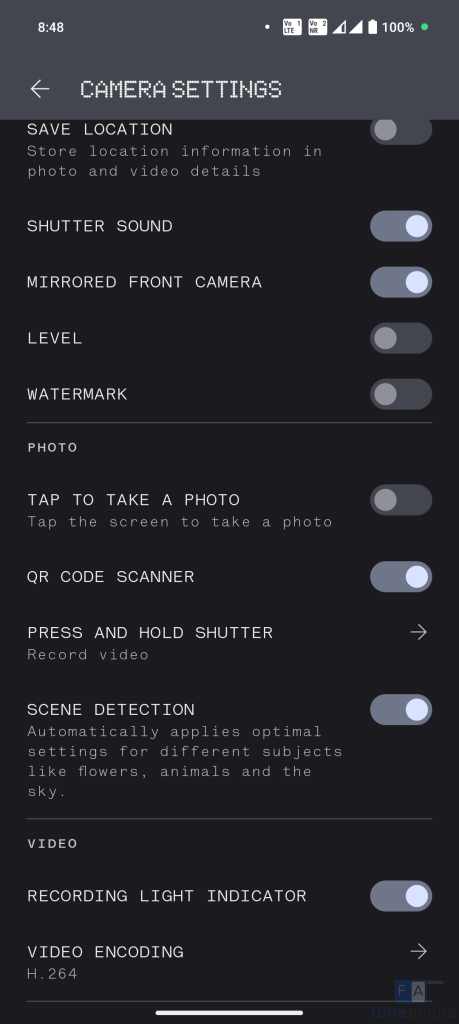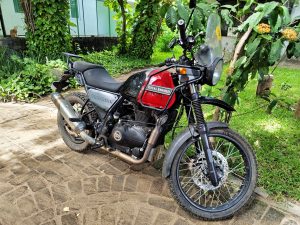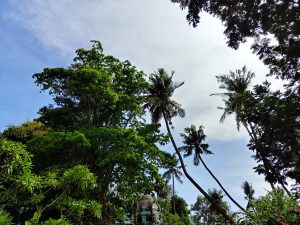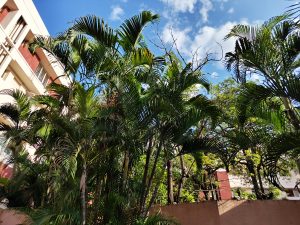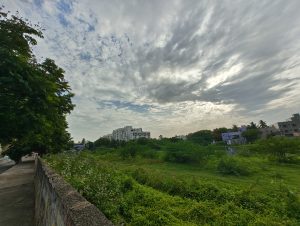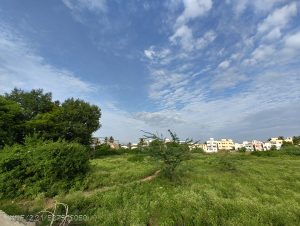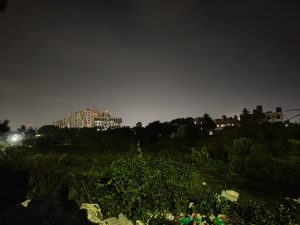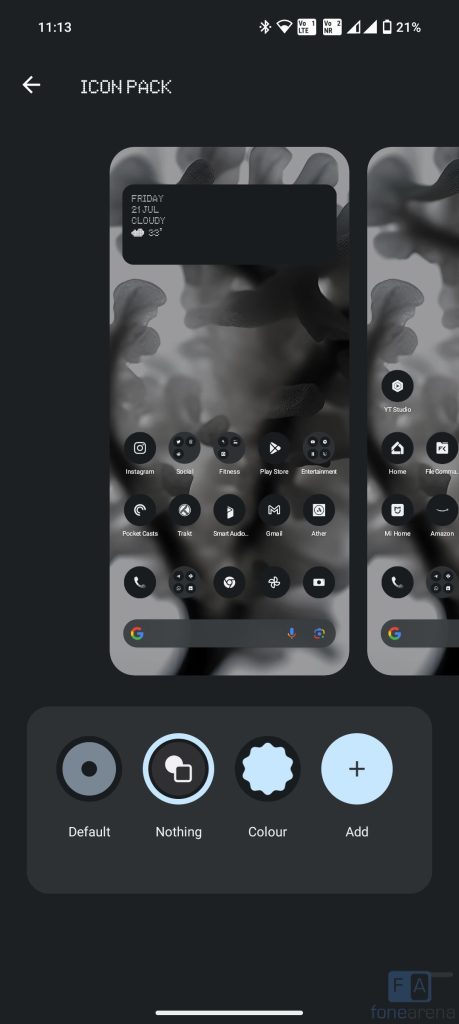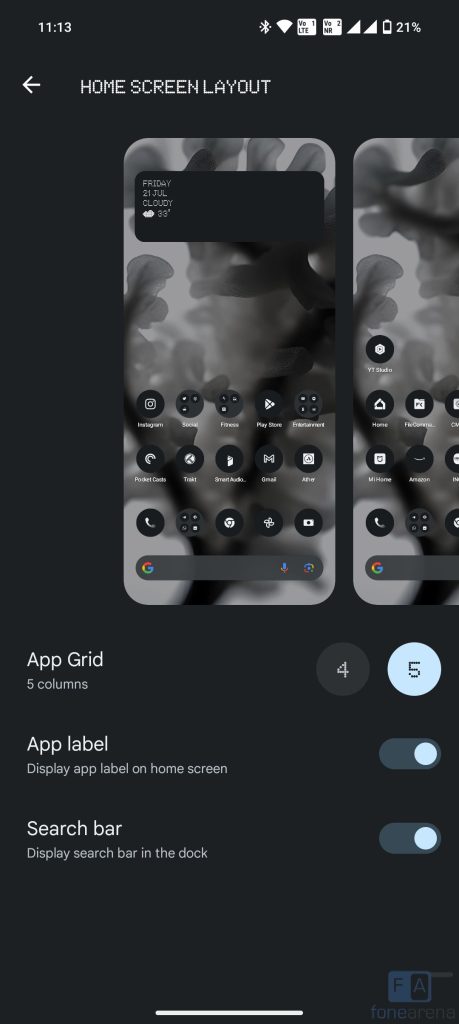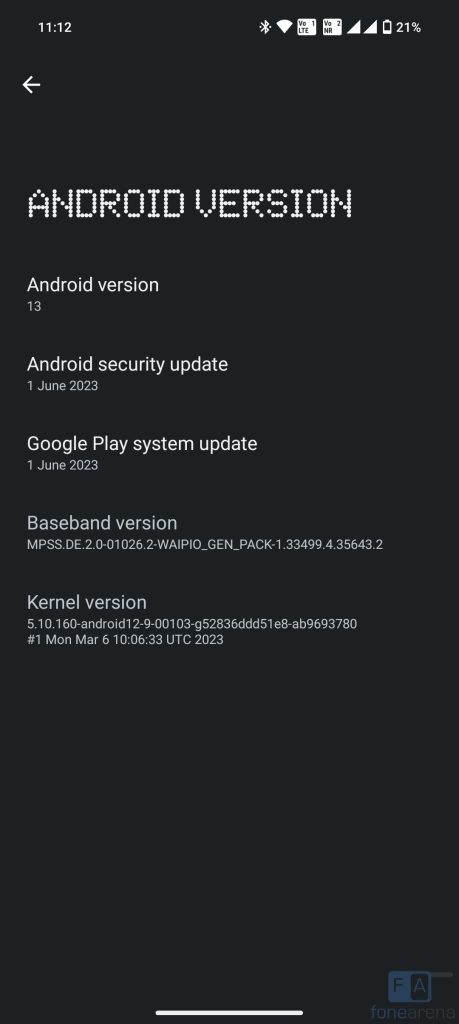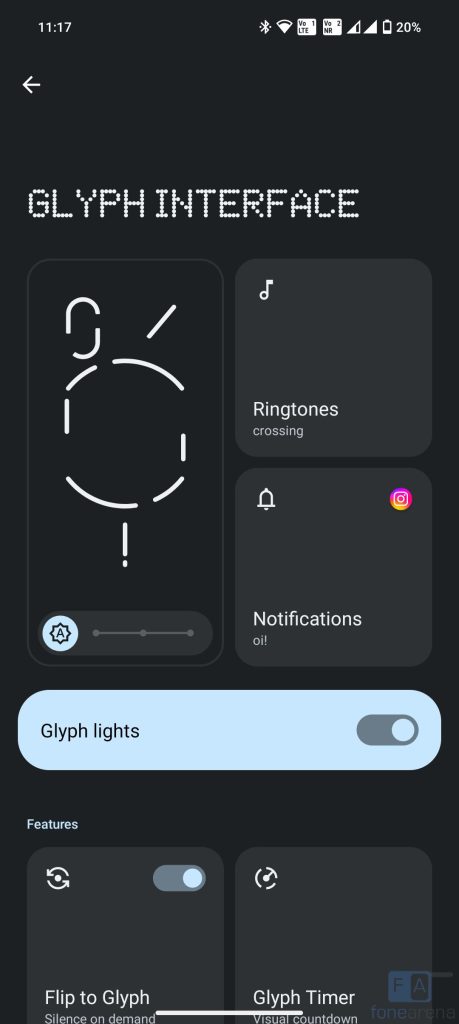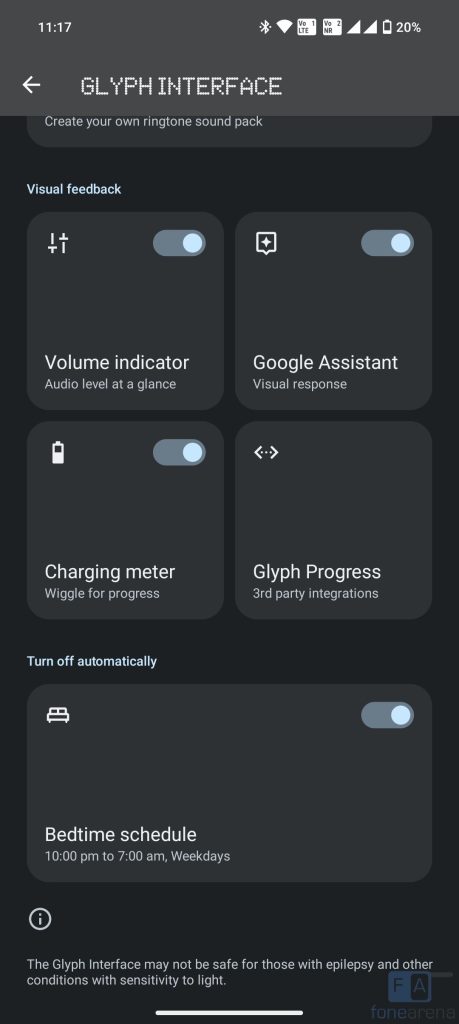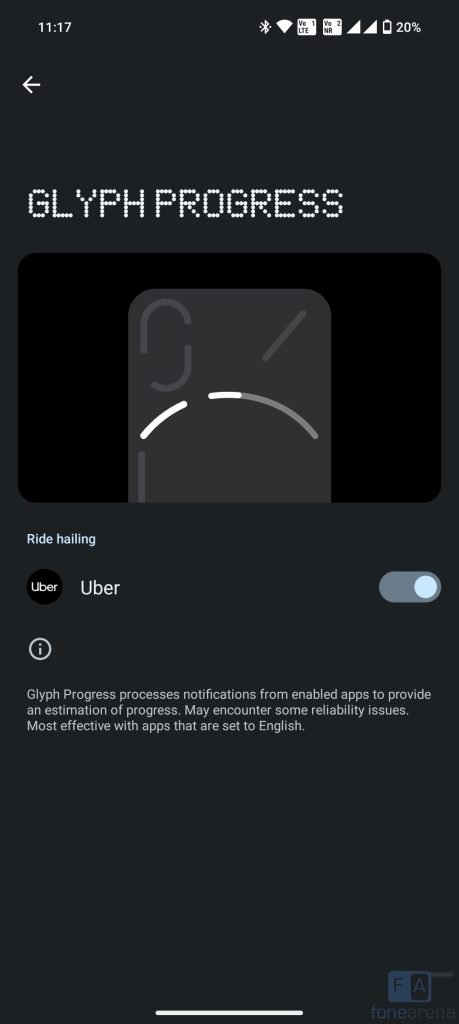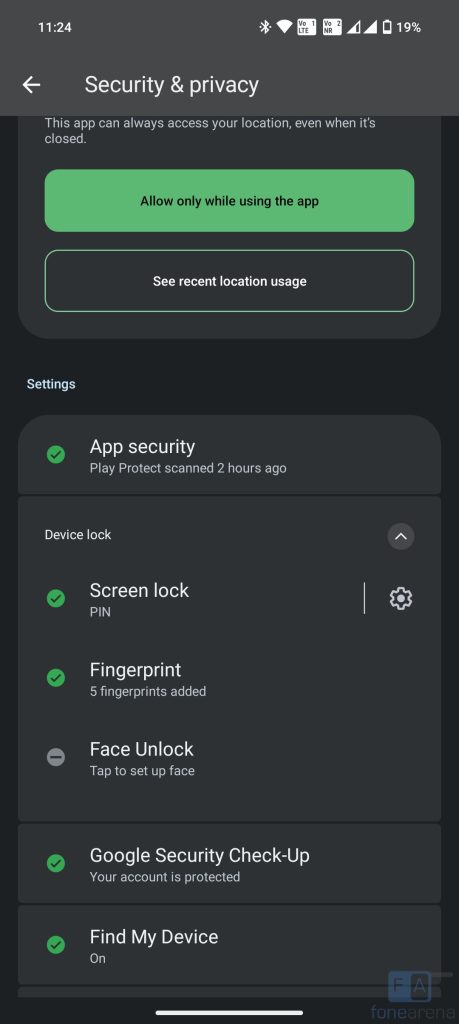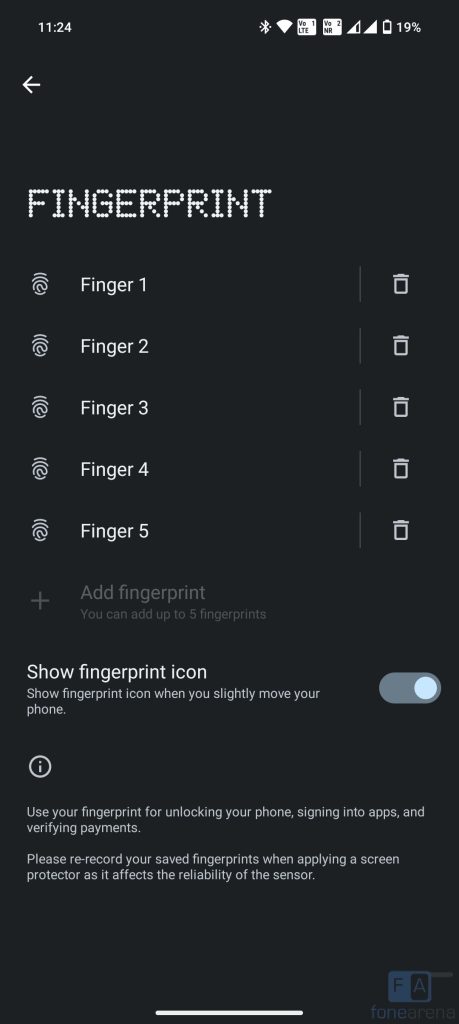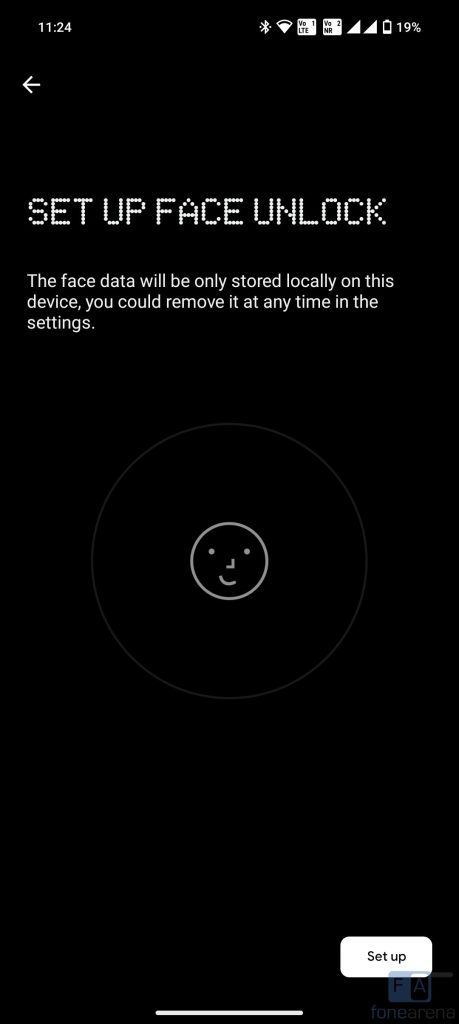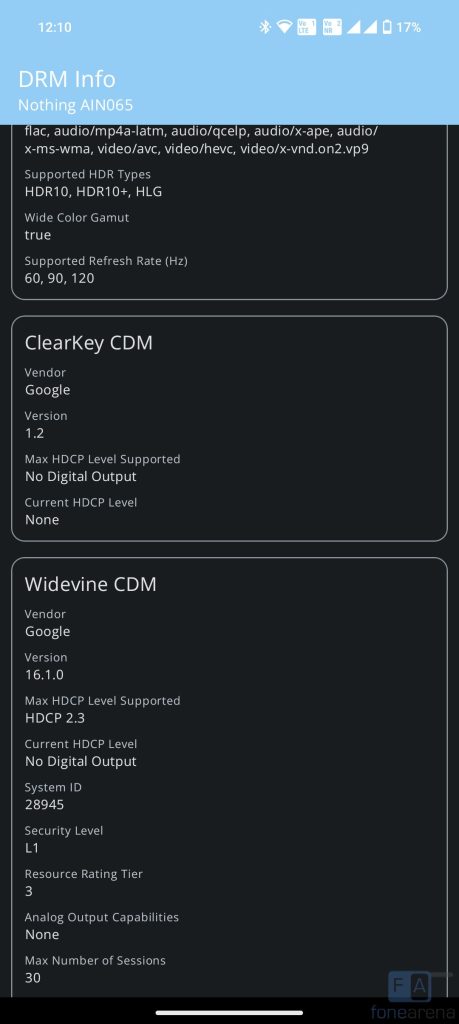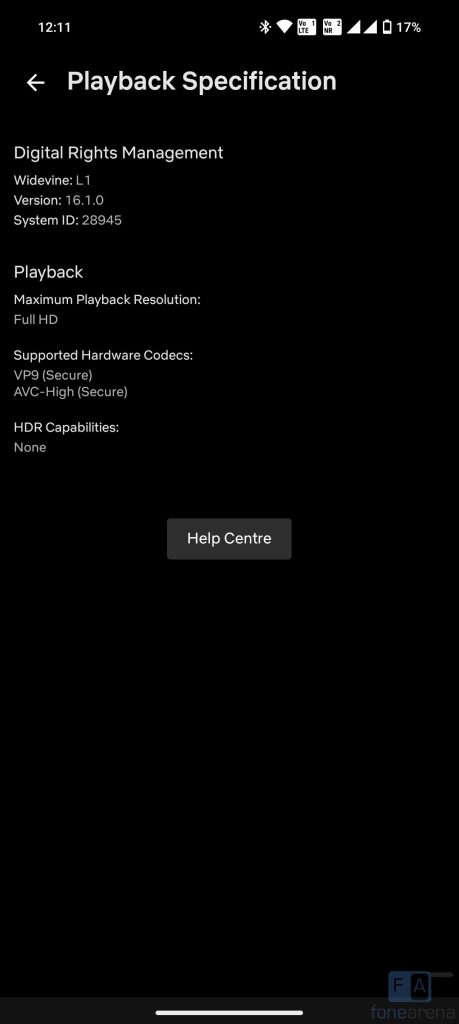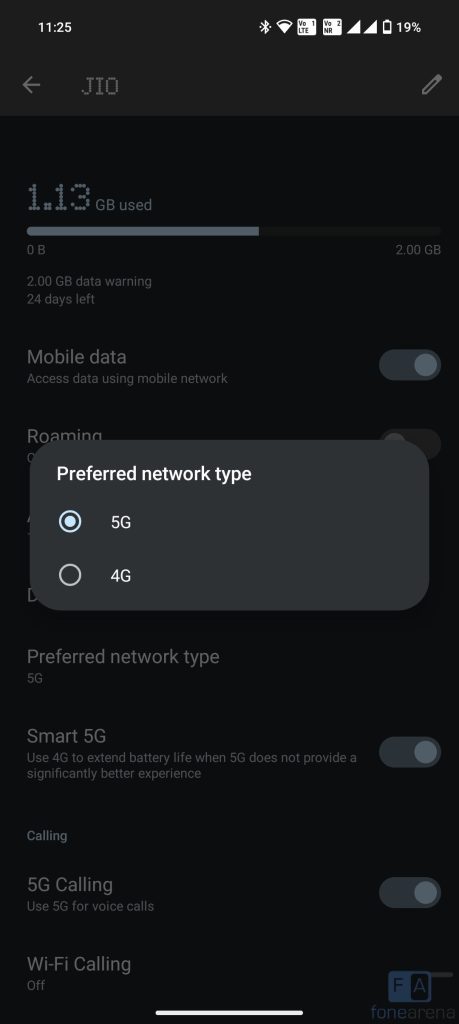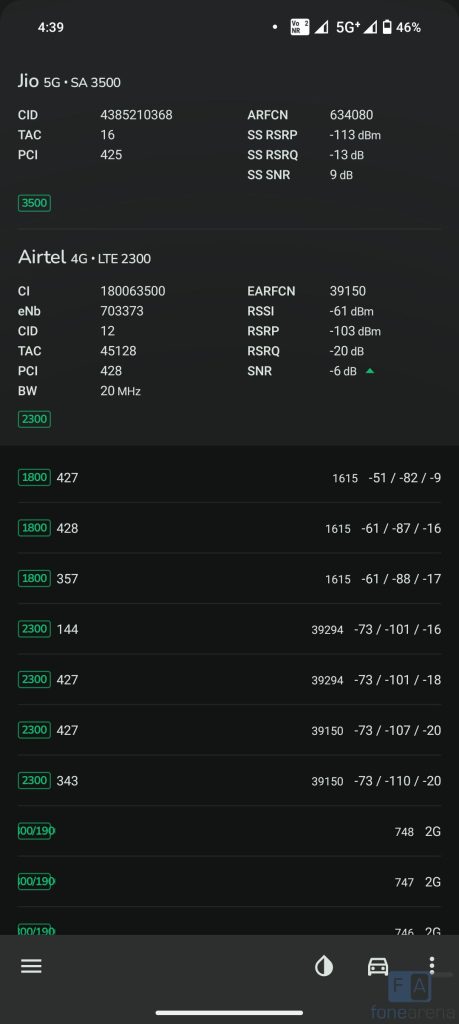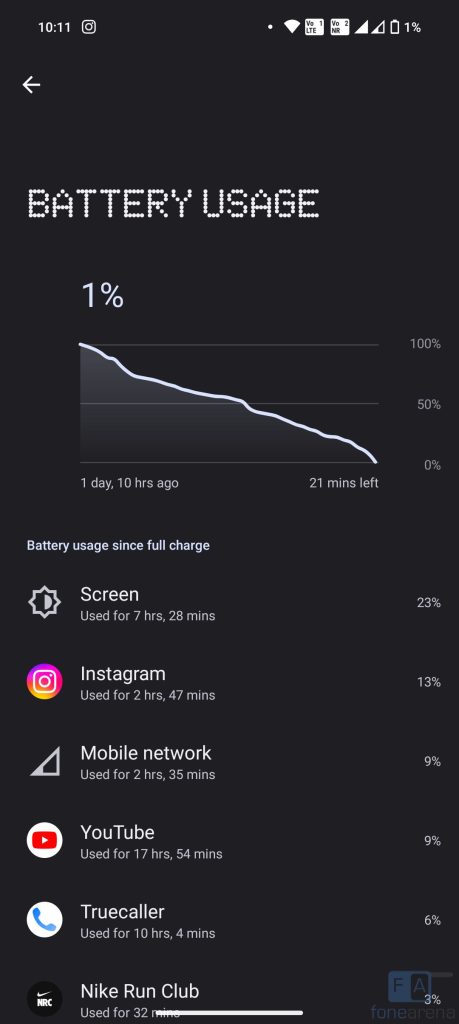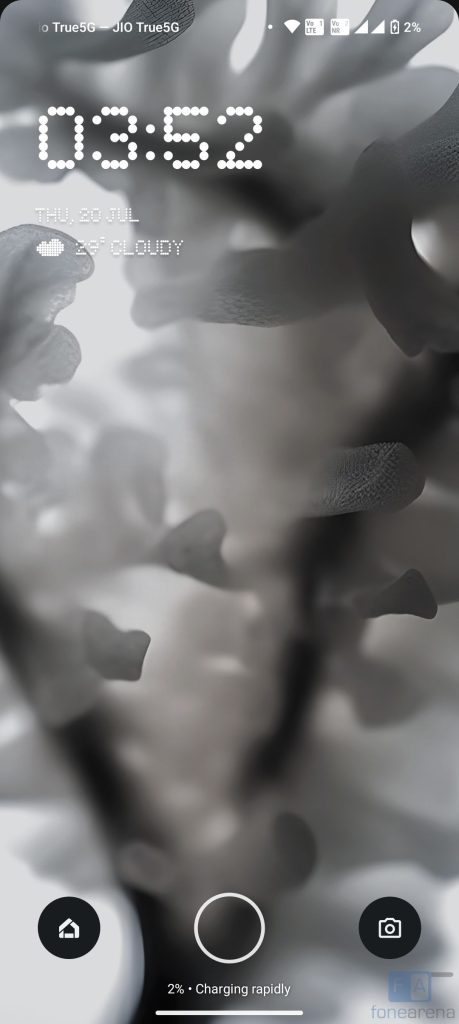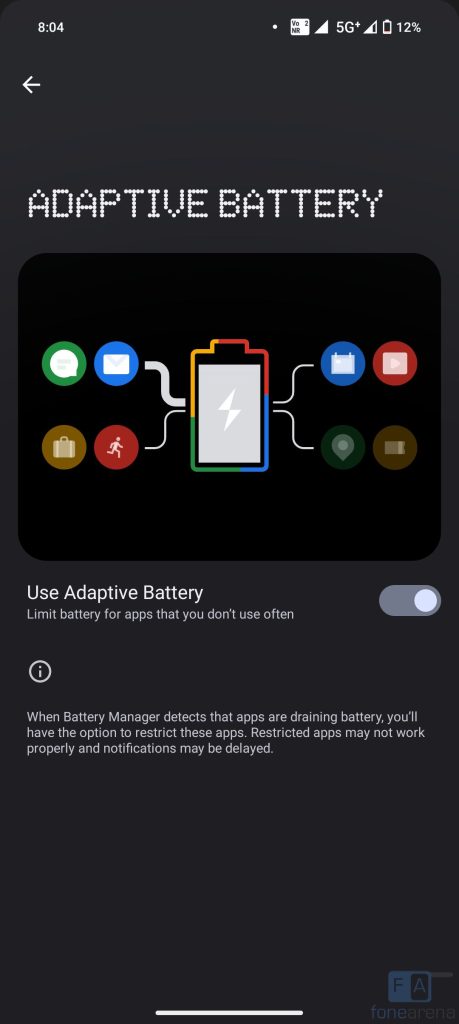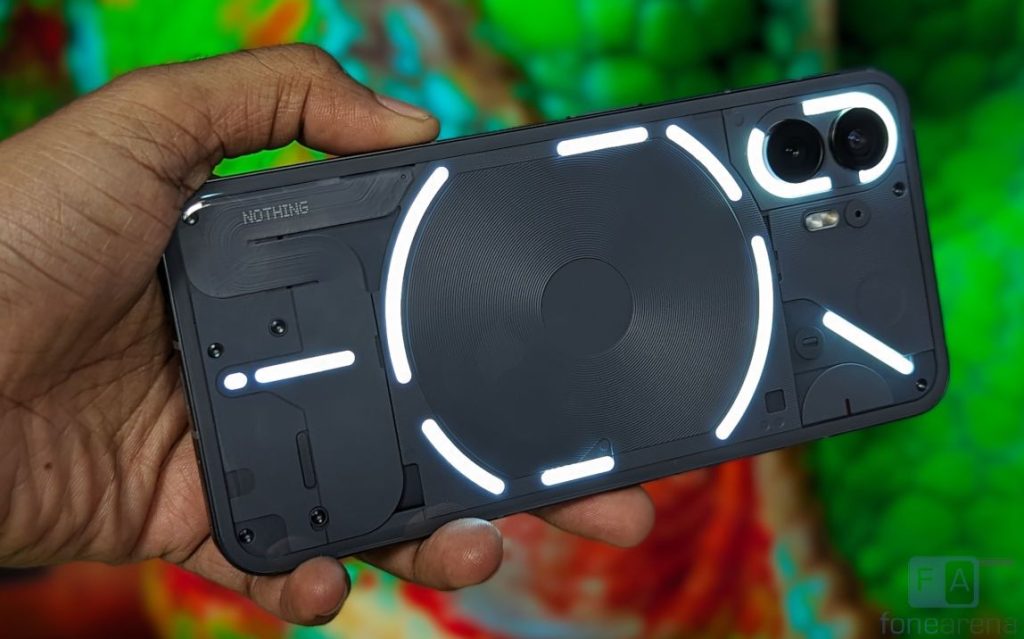
London-based Nothing launched the Nothing Phone (2), the company’s second smartphone, as the successor to the Phone (1) last week. It still has the unique transparent design with LED lights on the back, but the design has been tweaked, and the Glyph functionalities have been improved. It has a larger FHD+ 120Hz LTPO AMOLED screen, Snapdragon 8+ Gen 1 SoC and also comes with a slightly bigger battery.
The price of the phone has also been increased since it moves to a premium category. Is this worth the price? Let us dive into the review to find out.
Box Contents
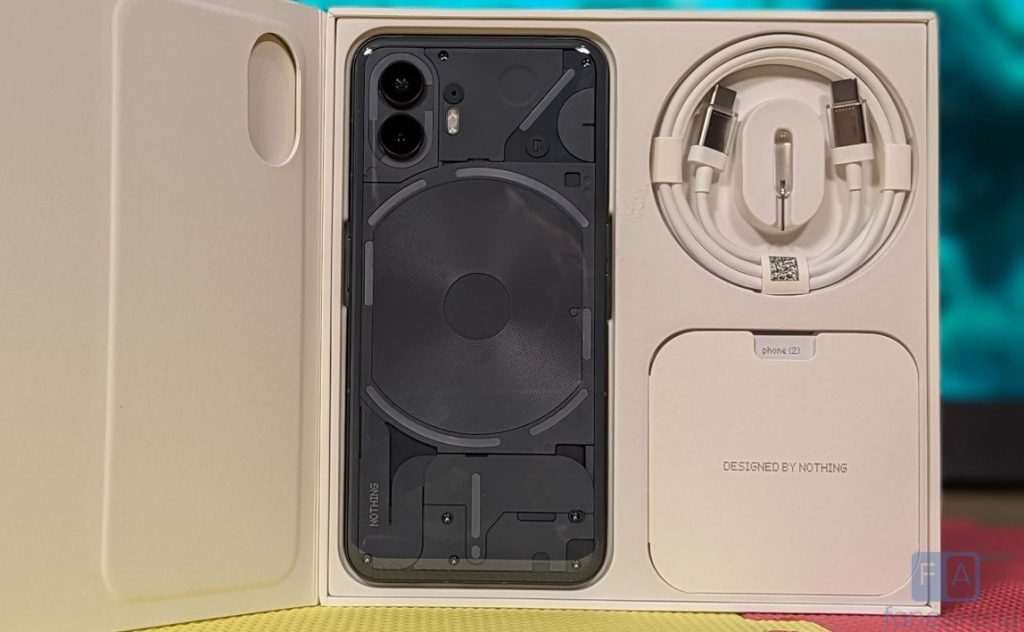
- Nothing Phone (2) 12GB + 512GB in Dark Grey colour
- USB Type-C to C cable
- SIM Ejector tool
- User manual and warranty information
Display, Hardware and Design
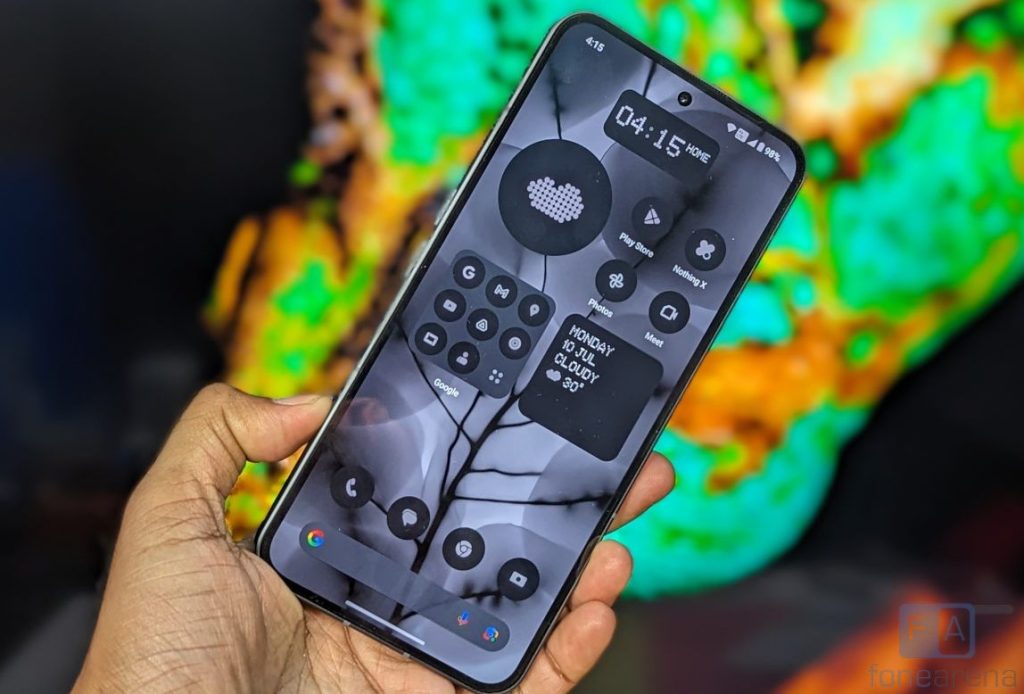
Starting with the display, the Nothing Phone (2) has a 6.7-inch Full HD+ flexible OLED display with a pixel resolution of 2412 x 1080 pixels, 20:9 aspect ratio and a pixel density of about 394 PPI. The display is bright, thanks to 500 nits (typical), 1600 nits peak brightness, which is enabled when you are watching HDR content.
The phone has a 1-120Hz refresh rate display can switch between 10Hz, 60Hz, 90Hz and 120Hz according to the content, and it also goes down to 1Hz when always on display is enabled. It has 240Hz touch sampling rate. When enabled, it offers a buttery smooth user experience, especially when you are scrolling through the UI and when gaming. It also has HDR 10+ support, which works for YouTube.
Under the display options, there are different options to adjust colours based on your preference. There is also a night light option that lets you reduce the display’s blue light emission, so it doesn’t cause eye strain when you are reading at night. There is Dark mode, similar to other Android phones. It has an always-on display option, but it doesn’t offer a lot of customization, and is similar to the Pixel. It doesn’t have MEMC or DC Dimming option. The phone comes with Corning Gorilla Glass protection.
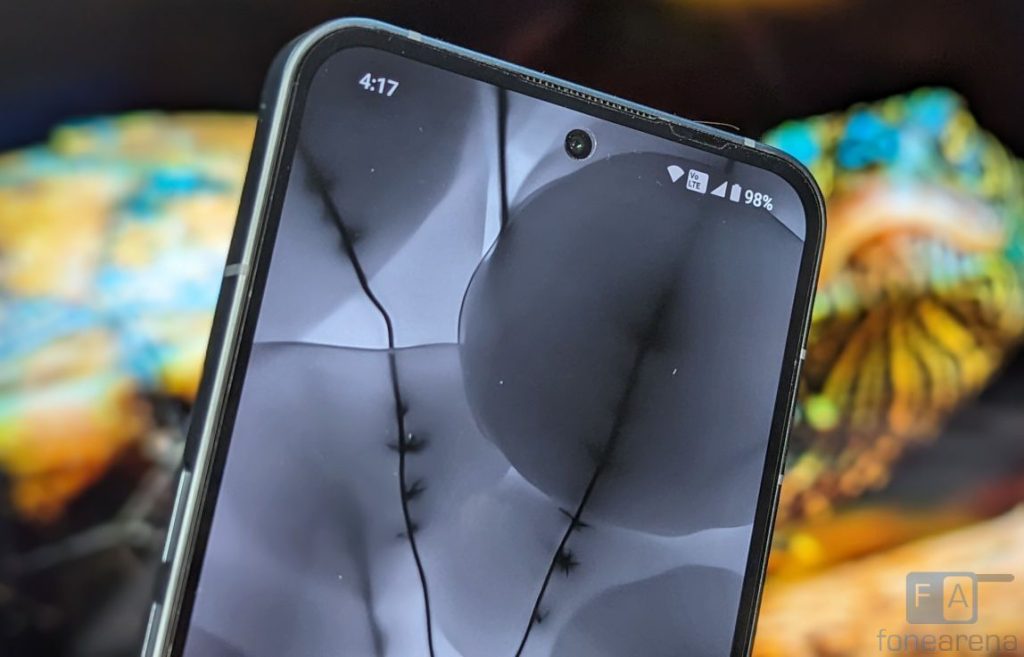
The phone has a tiny centre punch-hole that houses a 32-megapixel camera, compared to 16-megapixel in the Phone (1). Above the display there is an earpiece on the top edge which also doubles up as a secondary speaker.

The phone has an optical in-display fingerprint scanner. The small bezel below the display is uniform to the sides and the top, similar to the Phone (1). Even though the bottom bezel is minimal, the side bezels are thicker compared to some mid-range phones.
Coming to the button placements, the power button is present on the right side and the volume rockers are on the left side. The dual SIM slot, primary microphone, USB Type-C port and the loudspeaker grill are on the bottom. The secondary microphone is on the top. Since the sides have a 100% recycled aluminum, and it doesn’t attract fingerprints.
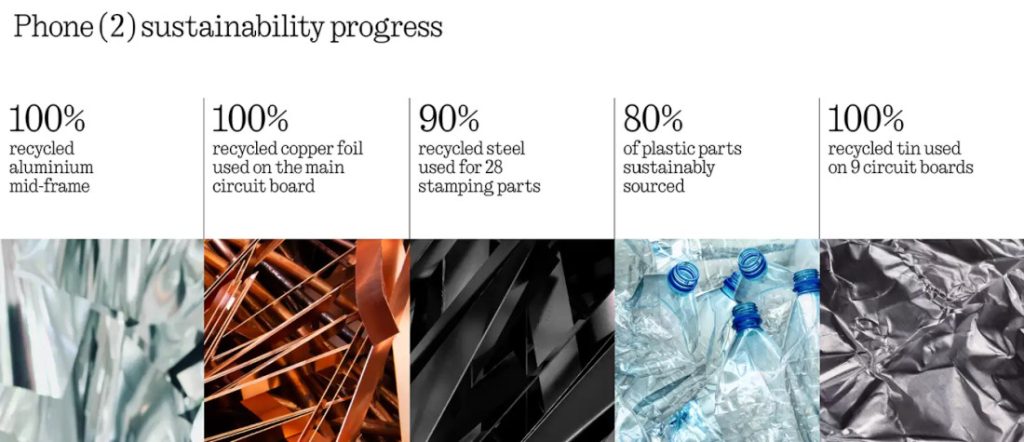
Over 80% of plastic parts made from recycled and bio-based materials. The phone has 100% recycled tin used on 9 circuit boards, 100% recycled copper foils used for the main board, and over 90% recycled steel used for all 28 steel stamping parts, says the company. It has SGS certified carbon footprint of 53.45 kg, over 5 kg lower than the Phone (1).
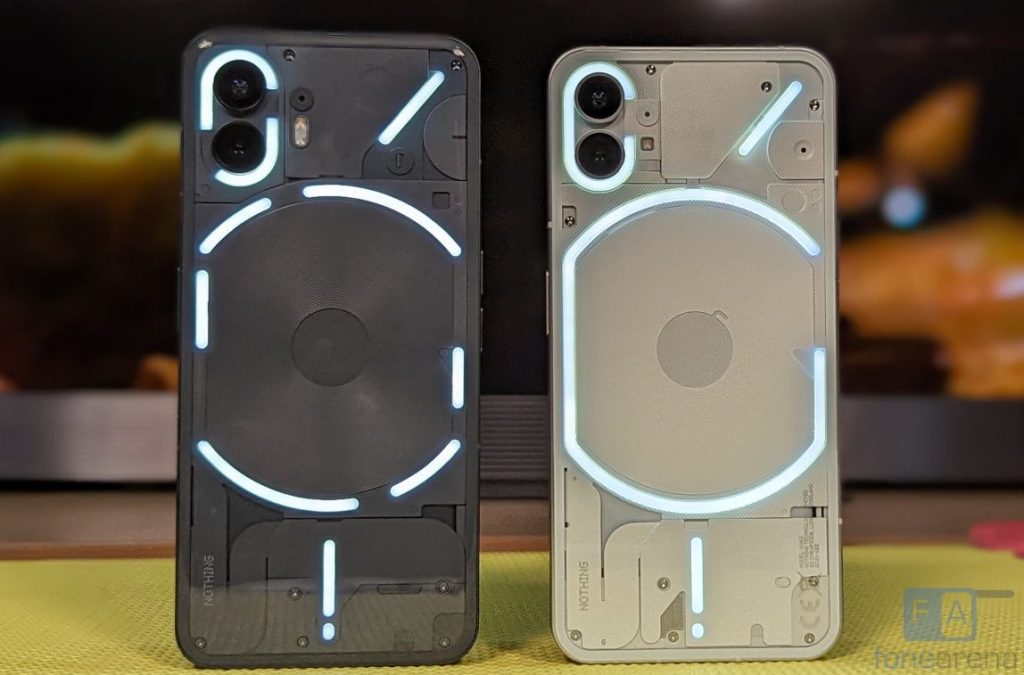
The phone still features a transparent back with a unique design. It has Corning Gorilla Glass protection on the back as well. Still, I would recommend you to use a case to protect the back since the back is slippery.
The main highlight of the phone is the Glyph Interface, which now has 33 addressable LED lighting zones, compared to 12 in the Phone (1). The centre part has 6 separations and the top right alone has 16 customizable lighting zones.

In addition to Dark Grey, the phone also comes in White colour. The phone is just 8.6mm thick, and weighs 201.2 grams since it has a huge screen, and a glass back. The phone has IP54 ratings for splash resistance compared to IP53 in the Phone (1), so it has mange slight spills or light rain, but you can’t immerse in water. Wish the company had offered IP67 or IP68 ratings for water resistance.
Camera
- 50MP main camera with f/1.88 aperture, 1/1.56″ Sony IMX890 sensor, OIS
- 50MP 114° ultra-wide camera with Samsung JN1 sensor, f/2.2 aperture, 4cm macro option
- 32MP front camera with Sony IMX615 sensor f/2.4 aperture
The camera UI has seen a change, with more options, but it still looks simple. There are options for Slo-mo, Video, Photo, Portrait and more option that has time-lapse, pano, macro and expert mode. The expert mode is pro mode, which lets you adjust white balance, focus, shutter speed (1/12000s to 32 seconds), ISO (50 to 3200) and option to select main and ultra-wide lens. There is also RAW option.
Coming to the image quality, daylight shots came out well with good dynamic range and the images are natural-looking. After pixel binning technology, you get 12.5MP output from the main and ultra-wide cameras. HDR shots are better with improved dynamic range. 50MP wide-angle shots are good, and the colours are as good as the main camera.
The ultra-wide macro option is good, but you can’t go too close since it only supports up to 4cm, so it is better to shoot close up images in 2X. The 32MP front camera is a good improved from the 16MP in the Phone (1), and you get full 32MP output. Edge detection in portrait is good. Lowlight camera performance is good from both the main and ultra-wide cameras, and the auto night mode helps to keep the noise low
Check out the camera samples.
You can check out the complete set of camera samples here.
It can record videos at 4k resolution at 60 fps from both main and ultra-wide cameras. It also has slow motion 4K at 120 fps and 1080p at up to 480 fps. OIS in the main camera does its job. Video quality from the main camera is brilliant and good with ultra-wide camera, but there is some jelly effect when panning when you use HDR video that is limited to 4K 30 fps.
Action mode option lets you keep the phone steady when moving, working along with EIS and EIS and OIS, but this is limited to 1080p 60 fps. The front camera can record videos in 1080p at up to 60fps. Apart from the LED flash, you can also use the Glyph LED lights for both photos and videos, and there is also an option to enable the red LED indicator on the back when recording videos.
Check out the video samples
Software, UI and Apps
The Nothing Phone (2) runs Android 13 out of the box, with Nothing OS 2.0 on top. It has June 2023 Android security patch. The company has promised 3 Android OS updates and 4 years of security patches every 2 months, same as the Phone (1). Apart from the fonts and UI, it gives a stock Android experience without any bloatware.
Nothing OS 2.0 adds lets you customize grid design, widget size, and color themes, and has new folder layouts and illustrated covers. There are also new wallpapers and a new monochrome icon pack. You can control third party products from Phone (1)’s Quick Settings as easily, such as Tesla, and there are Airpods support.
Out of 12GB LPDDR5 RAM, you get 11GB of usable RAM, and about 5GB of RAM is free when default apps are running in the background. It doesn’t have memory extension or virtual RAM. Out of 512GB, you get about 463GB of free storage. It has UFS 3.1 storage, and we got sequential read speeds of 1842.92MB/s. Apart from the Google apps, it doesn’t have any third-party apps.
Glyph Interface
The Glyph interface is more customizable in the Phone (2), thanks to more customizable lighting zones. There is a glyph composer for custom ringtone creation.
Use cases of Glyph LEDs
- Volume indicator: The lights on the top right indicate as you increase or decrease the volume
- Timer: The lights on the top right adjust according to the countdown of the timer
- Third-party integration: The lights on the top right act as a progress bar to indicate the time before the Uber cab or food (Coming to Zomato soon) reaches you
- Essential Glyph Notifications: When selected contacts or apps send you a notification, a light will shine persistently until you’ve opened it.
It still has the Glyph features that were introduced with the Phone (1)
- Flip to Glyph feature lights up the LEDs for message and call notifications when you put the phone face down
- The light in the middle lights up when you are wireless charging or reverse wireless charging your accessories
- When you plug the wired charger, the bottom LEDs glow to act as a charging progress bar. This turns off after a few seconds to save the battery, but it lights up again when you touch or wiggle the phone.
- Glyph response when Google Assistant is triggered by saying ‘Hey Google’ or ‘Ok Google’
Fingerprint sensor and Face unlock
The phone has an in-display optical fingerprint sensor which immediately unlocks the phone just by keeping your finger on the sensor. You don’t get any animation options. The phone also has face unlock that can unlock the phone in seconds, but it is not as secure as fingerprint.
Music Player and Multimedia
YouTube Music is the default music player. It doesn’t have Dolby Atmos or any other custom audio features. Audio through the stereo speakers is good and loud, and is better than the Phone (1). Audio through the headphones is good as well. This has Widevine L1 so that you can play HD content on Amazon Prime Video, Netflix and other streaming apps. However, you don’t get HDR playback on Netflix.
Dual SIM and Connectivity
It has the usual set of connectivity features such as 5G with support for n1, n2, n3, n5, n7, n8, n12, n20, n25, n28, n30, n38, n40, n41, n66, n71, n75, n77, n78 bands, dual 4G VoLTE, Wi-Fi 6 802.11 ax (2.4 + 5GHz), Bluetooth 5.3, GPS + GLONASS and NFC support. It also has USB OTG support. The phone also has carrier aggregation. We did not face any call drops and the earpiece volume is good, even though it is present on the top edge.

The Nothing Phone 2’s body SAR is 0.98W/Kg and head SAR is at 1.20/Kg which is less than Phone (1), but it is higher than some mid-range phones, however it well under the limit in India, which is 1.6 W/kg (over 1 g).
Performance and Benchmarks
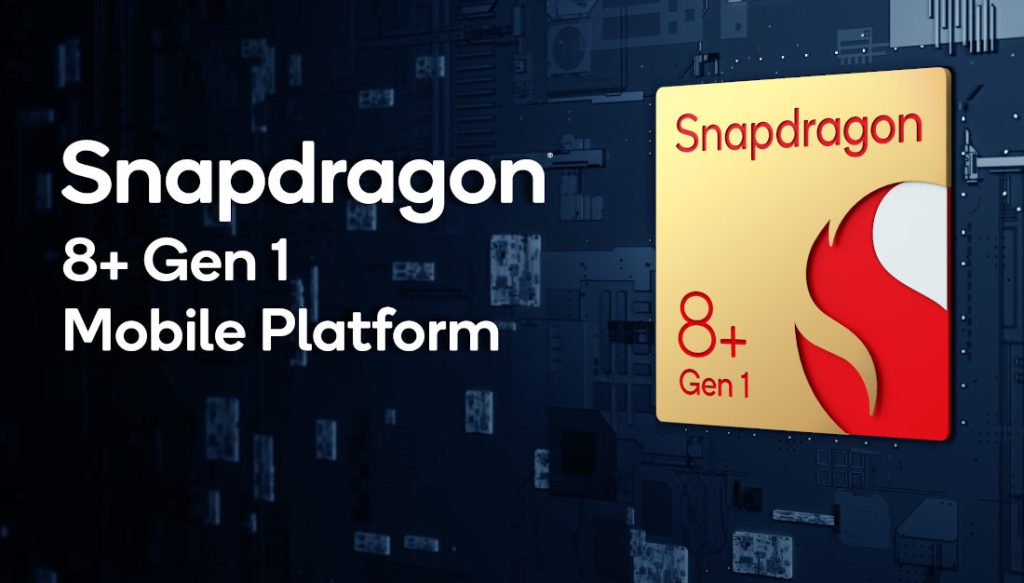
This is one of the first phones in the price range to use Snapdragon 8+ Gen 1 Mobile Platform. This has an under clocked prime core. It has 1 x Kryo Prime CPU (Arm Cortex-X2-based) at up to 3GHz, same as the 8 Gen 1, while retaining the 3 x Kryo Performance CPUs (A710-based) at up to 2.50GHz, 4x Kryo Efficiency CPUs (A510-based) at up to 1.80GHz.
Thanks to new TSMC’s 4nm fabrication processor, this promises 30% power reduction in the CPU. This also offers 10% faster GPU performance. The phone has vapor chamber liquid cooling, as revealed in teardown, but the company has revealed the size of the chamber.
We did not face any issues or frame drops in the graphic-intensive games like COD, BGMI and Genshin Impact. It reached maximum 41º C in our testing indoors in Wi-Fi, but this might vary outdoors in 4G or 5G. The company doesn’t say any details about cooling, but teardown revealed that it has vapor chamber cooling.
Similar to the Pixel phones, there is Game mode and Game Dashboard. Check out some synthetic benchmark scores below.
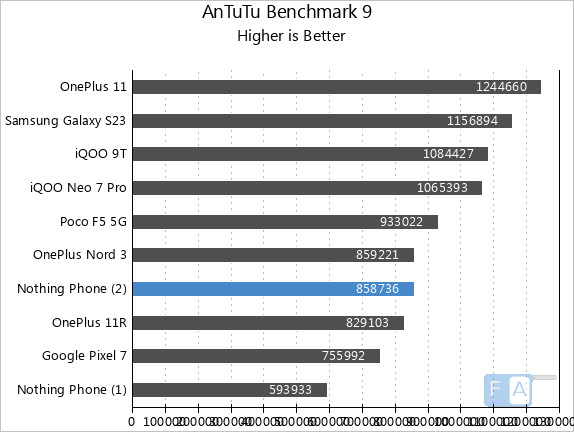
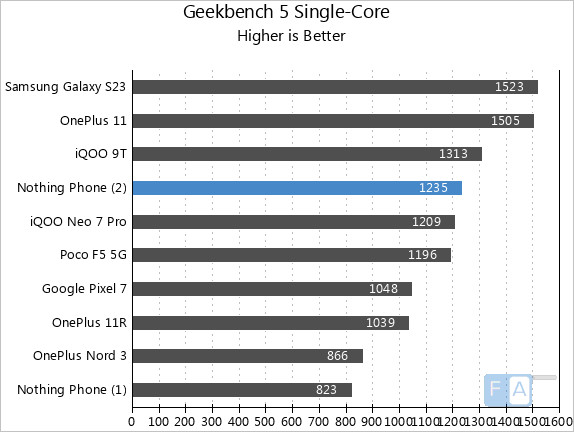
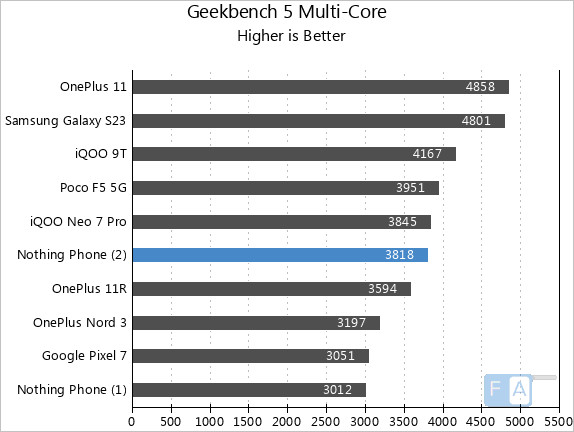
As you can see, it shows similar results as the other Snapdragon 8+ Gen 1 powered phones.
Battery life
Coming to the battery life, the phone packs a 4700mAh (typical) built-in battery, slightly bigger than the 4500mAh in the Phone (1). Thanks to the opitimization, it lasts for a day even with heavy use on 5G. With minimal use on Wi-Fi, it should last for 2 days. I got 7 hours of screen on time with over a day of use, with mixed use of mostly Wi-Fi and occasional 5G use in 120Hz. This is better than 6 hours with the Phone (1).
With the 45W fast charging, it can charge from 0 to 50% in about 25 minutes and up to 100% in about 1 hour with the charge. It still uses the 45W PPS/PD3.0 fast charger which the company sold during the launch of the Phone (1), and says that it can charge the phone fully in 55 minutes. However, you will have to spend Rs. 2,499 for the charger. I tried the Samsung’s 25W PPS charger, which took about 15 minutes more time to charge the phone.
The phone still 15W wireless charging and 5W reverse wireless charging, same as the Phone (1).
Conclusion
At a starting price of Rs. 44,999, the Nothing Phone (2) is a refined and improved successor to the Phone (1) that is more premium. It might not be the value-for-money phone when it comes to the SoC compared to other phones in the range, but the LTPO screen, improved dual 50MP cameras, and a more refined software experience are impressive.
The Glyph interface has also been improved. If you have the budget and need an unique phone with a unique design and features, this is a good choice. Wish the phone had IP67 or IP68 ratings.
Alternatives
The iQOO Neo 7 Pro and OnePlus 11R are good alternatives with the same Snapdragon 8+ Gen 1 SoC at a cheaper rate.
Pricing and availability
The Nothing Phone (2) is priced at Rs. 44,999 for the 8GB + 128GB, Rs. 49,999 for 12GB + 256GB model and the 12GB + 512GB model costs Rs. 54,999. There is an instant discount of Rs. 3000 on Axis and HDFC debit and credit card users and additional discount for pre-order pass buyers for a limited-period.
It will go on open sale in India on Friday, 21 July 12 PM onwards via Flipkart and select retail outlets.
Pros
- Attractive design and solid build quality
- 120Hz LTPO AMOLED display is brilliant
- Smooth performance
- Long battery life, fast charging and wireless charging
- Good cameras
- 3 years Android updates and 4 years of security updates
Cons
- No IP67/68 ratings for dust and water resistance
- No charger in the box

